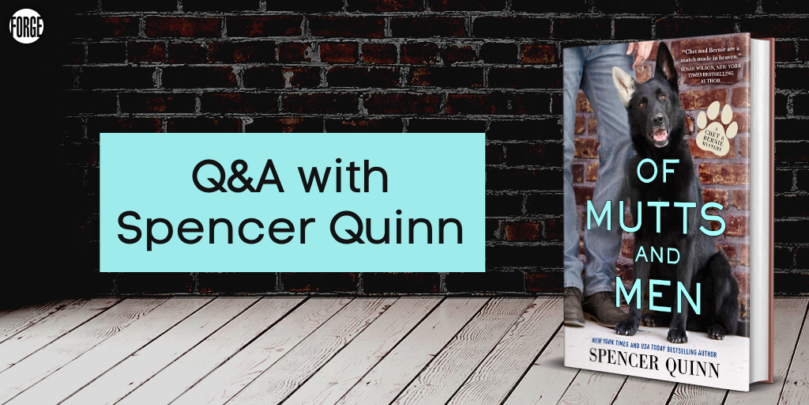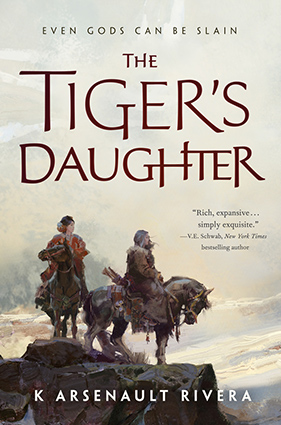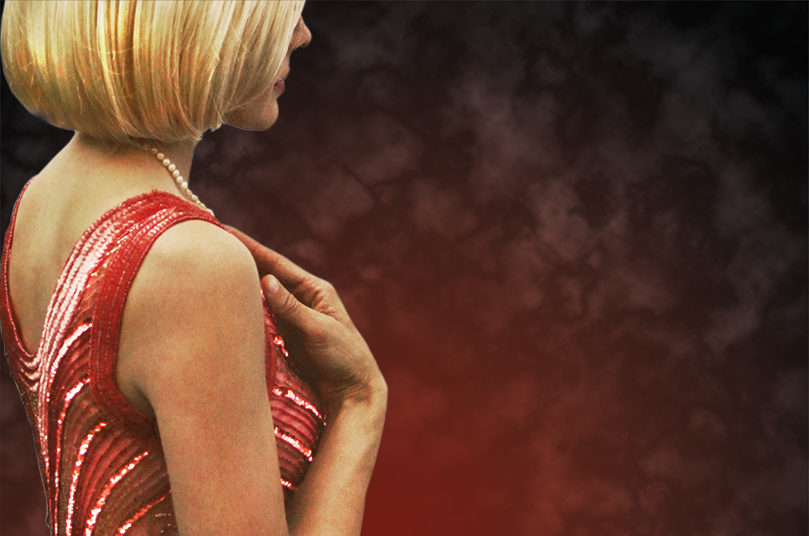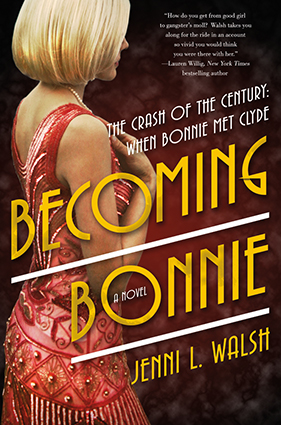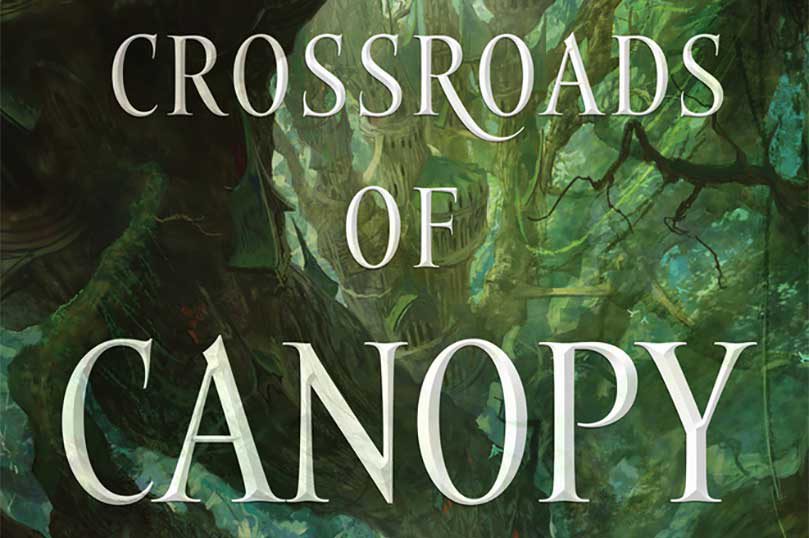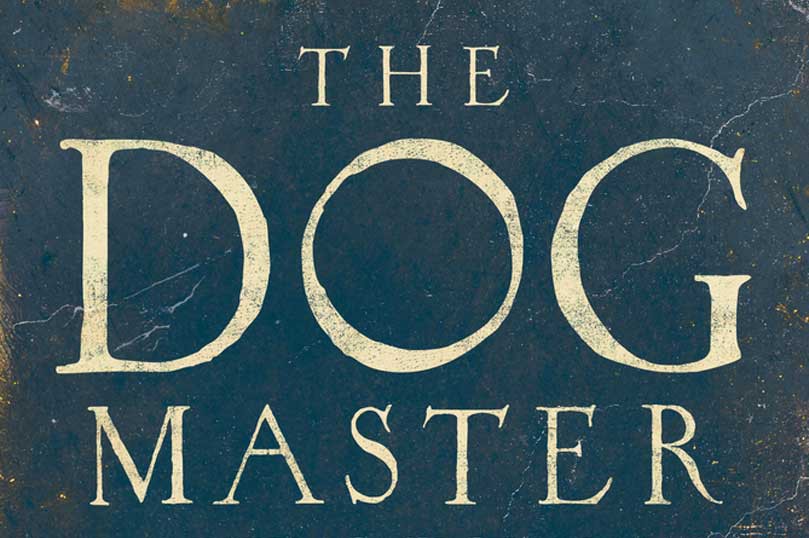We are still absolutely OBSESSED with the cover of opens in a new windowTo Sleep in a Sea of Stars by Christopher Paolini, so to celebrate the release of the paperback on October 19, we’re resharing an exclusive interview between Christopher and cover designer Lindy Martin! Check out their Q&A here, and a big thanks to Inside Faceout for providing this piece (original article opens in a new windowhere).
Answers by author, Christopher Paolini, curtesy of opens in a new windowInside Faceout
 MARTIN: Did you consider what your cover would/should look like at any point during the writing process? If so, what did you have in mind and how does the final cover compare or contrast with your vision?
MARTIN: Did you consider what your cover would/should look like at any point during the writing process? If so, what did you have in mind and how does the final cover compare or contrast with your vision?
I usually don’t think too much about the cover while I’m writing the book. If an image or idea pops into my head, great, but I don’t make any specific effort in that direction.
Once the manuscript goes off to my publisher (Tor, in this case), then yes, I do spend a lot of time thinking about the cover. To Sleep in a Sea of Stars was particularly tricky because the design needed to strike a new tone. I’d been fortunate enough to get iconic covers for my fantasy novels. But this was the first book I’d written outside the world of Eragon—and my first adult novel—so striking the right balance with the text and art wasn’t easy. And it didn’t help that the title is so long!
The final cover is different than I originally imagined, but it does a wonderful job of complementing the title while also capturing the essence of the story. What makes it even more impressive is that Lindy did all this without actually reading the book! Well done!
MARTIN: How did your shift in genre affect the vision and expectations you had for this cover?
As a genre, science fiction often deals with space, the future, and technology. Not all the time, but as a rule, those themes are fairly common, and they stand in contrast with what one often finds in fantasy. Because of that, I knew that the cover of To Sleep in a Sea of Stars needed to be slick, modern, and—as so many sci-fi covers are—blue! (I seem to have a thing for blue covers.)
MARTIN: What stood out to you with this particular cover design? Was it “love at first sight,” or were you more slowly drawn to it after looking at and considering lots of options? How does it represent the story and how do you hope it will connect with readers?
My publisher and I looked at a number of different designs. At one point we were even considering a somewhat fantasy(ish) illustration. However, once we saw the current design, we knew we had a winner.
Design work is often iterative. Sometimes you’re lucky enough to get it right the first time, but usually it’s a process of honing your initial instincts until you find something that really works.
The cover of To Sleep in a Sea of Stars represents several key moments in the story, and most especially, a scene right at the end. It’s also evocative of the title itself. It does an excellent job communicating these points to readers.
MARTIN: From your perspective, what role does the cover play in the book writing and packaging process?
It plays an enormous role! We all say to never judge a book by its cover, but of course, we do exactly that. A good cover can be the difference between someone reading your novel or not. It’s the first line of advertising, as well as the first visual statement people see about the book.
I’m enormously pleased with this cover. From the moment it was revealed, people have loved it. Ever day I see comments on social media about how beautiful and powerful it is. And I agree. Twice in my career now—first with the Inheritance Cycle and now with To Sleep in a Sea of Stars—I’ve been fortunate to have amazing covers for my books. As an author, I couldn’t ask for anything more!
MARTIN: Do you have any suggestions for how designers and writers can work together better toward producing beautifully packaged books?
In an ideal world, designers would have the time to read a book before creating a cover for it, and authors would have some graphic design experience so they could communicate effectively with their designers.
Since the world we live in is less than ideal, I suggest authors be as clear as possible on what they hope to achieve with their books. And for designers to pay close attention to the emotion that authors are hoping to convey. As long as a cover evokes the mood of the book, it’s successful.
Answers by cover designer, Lindy Martin, curtesy of opens in a new windowInside Faceout
 PAOLINI: How did you become a book designer? Did you go to school to learn these skills, learn on the job with a publisher, or apprentice with someone? Are you self taught?
PAOLINI: How did you become a book designer? Did you go to school to learn these skills, learn on the job with a publisher, or apprentice with someone? Are you self taught?
I have always had a deep love for stories, whether it was reading or writing my own. I knew I would love to work in publishing and to be a part of bringing stories to life in the form of key visuals, color, and typography.
I became a book designer at Faceout Studio almost four years ago after I graduated with my Bachelor of Science in Graphic Design and Photography from John Brown University. The program helped lay the foundation for the technical skills as well as creative problem solving. However, a lot of the hands on learning happened on the job as I gleaned more and more from each project, as well as from the designers around me.
PAOLINI: How do you approach designing a book cover? What do you need from the client?
Each project that I work on comes with a unique set of challenges, since every story, author, and audience looks different. The first step is to gain as much understanding of the plot, characters, and tone as possible. This might mean reading the manuscript, hiring a reader, or talking with the art director about key information.
From there, I dive into the creative process and it becomes a game of juggling type, color, artwork, and concept until it comes together to create something dynamic and eye-catching.
Sometimes this process of creative alchemy takes a matter of hours, but more often takes a lot longer. From there, it goes to the client for review and then goes through a series of revisions until every detail is just right.
The client provides meaningful and necessary art direction and insight. Understanding their perspective and what they are looking for helps me as the designer to get on the right track and create something that captures their vision.
PAOLINI: Can you share with us your experience of designing the cover for To Sleep in a Sea of Stars?
To Sleep in a Sea of Stars was a particularly fun project to be a part of. I loved reading the Inheritance Cycle, so I was very excited when I had the chance to design some cover options for Christopher’s new book. While I didn’t have the manuscript to read, I had the helpful guidance and art direction from Peter Lutjen, the art director at Tor, to help me narrow down the key story elements and tone necessary for the cover.
The selected cover was my favorite out of the options I created. I liked the bold, stark imagery and the juxtaposition between the geometric fractal patterns and the organic glowing stars. It felt like a snapshot of a person being transformed. I also knew the blue color palette would lend itself to look beautiful in a metallic print treatment.
The silhouette of the figure was modified from an underwater image which had the same qualities of a figure suspended in space.
Long titles can often be a challenge to work with, but in this case it worked well for framing the imagery and creating a focal point for the silhouette to sit in. A clean, modern typeface seemed to be the best solution to be in line with the sci-fi genre.
PAOLINI: What are some favorite covers you’ve worked on? And what makes so interesting?
Some recent ones would be Where the Lost Wander by Amy Harmon and American Awakening by John Kingston. These were opportunities to do something a little out of the box for the genre.
I appreciated that these projects allow the freedom to push the boundaries with the type taking on a role of representing the book’s concept.
PAOLINI: Do you have a favorite color or style that you find yourself returning to?
Not really! That’s the beauty of the job, every genre and story requires something different, something that pushes you out of your comfort zone. I particularly enjoy projects that require some sort of personal touch, whether that is a custom illustration, hand lettering, or original photography. As an artist, I enjoy being able to bring originality wherever I can.
Pre-order To Sleep in a Sea of Stars in Paperback Here
opens in a new window opens in a new window
opens in a new window opens in a new window
opens in a new window opens in a new window
opens in a new window opens in a new window
opens in a new window

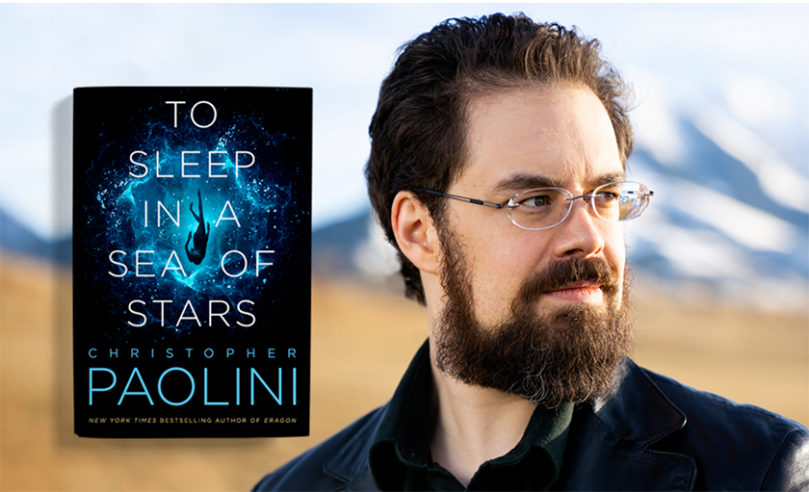


 Cixin Liu is the New York Times bestselling author of
Cixin Liu is the New York Times bestselling author of 